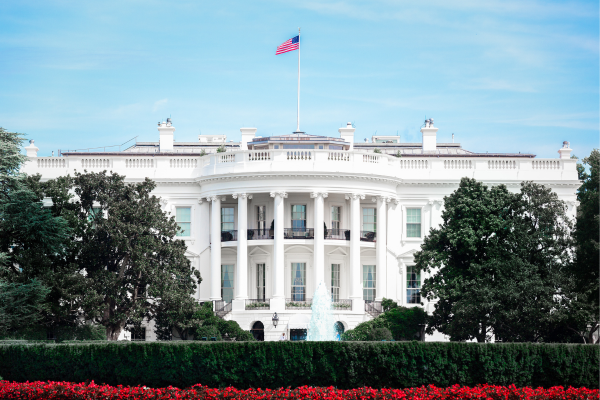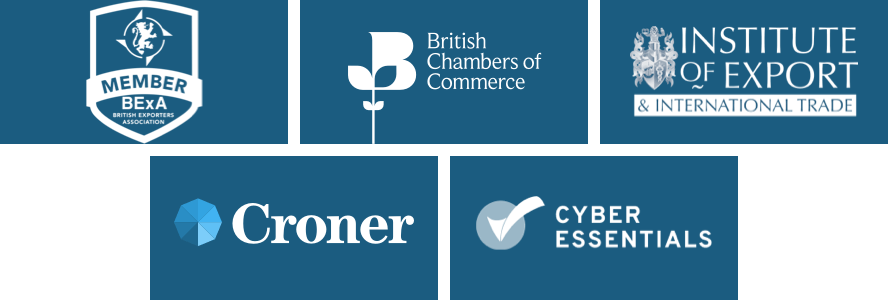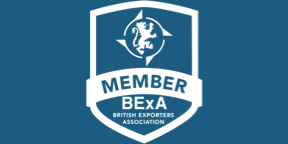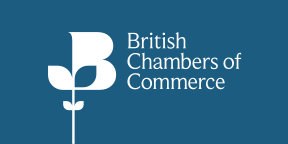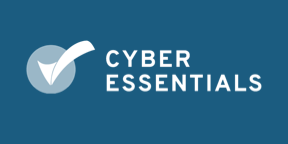How to... Assess Dual Use Controls

In this “How to …” article we are going to summarise a complicated area of international trade: establishing if your goods are subject to export licensing controls under the dual-use regulations.
Dual-use controls can apply to the most unlikely goods as it may be down to the material it is made of (rubber o-rings) or the technical capacities of the goods (certain valves) as well as what it might do (fertilizers = explosive). There is a lot of misunderstanding around this term dual use. It is not reliant on the end-use of the goods or just the fact it could be used in both a civil and military environment without modification. It is about the inherent capabilities being specifically described within the
Dual-Use Control List.
Why is it important?
Now the UK has left the Customs Union of the EU, dual-use controls are fully in place on the movement of goods and related technology. Before 1st January 2021 companies trading dual-use goods/technology with the EU Member States could do so without hindrance most of the dual-use controlled items did not require an export licence to go UK to EU or visa versa. Now, all such items require licence permissions which means thousands of businesses that have traded without the need for an export licence come under these controls for the first time. The penalties are high: to export controlled items without a licence is a criminal offence.
But what is it?
The Dual-Use controls stem from an international agreement, called the Wassenaar Arrangement,
that aims to control the distribution of common, commercial items that could be used, without
modification, illegally. This includes:
• Terrorism,
• Development of chemical, biological or nuclear weapons (WMD) or the means to deliver them,
• Being used for illegal activities, ie people trafficking, internal repression, and
• To enhance the military capability, including surveillance and counter measures
The Wassenaar Arrangement (WA) received final approval by 33 co-founding countries in July 1996 and began operations in September 1996 and, it could be argued, has been causing confusion ever since LINK.
How does it work?
The Dual-Use Control List orders goods/technology and software into 10 categories and exporters must read through the list to ensure their goods do not meet the description or technical parameters outlined in great technical detail. If they are described (what we call “caught”) in the List they are Dual-Use Controlled and you need a licence to export, if they aren’t “caught” they are still termed dual-use goods and could require an export licence for certain end-uses (eg military use,
nuclear) or to certain destinations, eg North Korea.
It is worth noting that the controls are not just on physical exports of goods but also on intangible transfer of controlled software or technology, which, in this digital world, is happening more and more.
It isn’t easy to identify whether your exports are controlled or not but it is the exporter’s legal responsibility to be aware of the export regulation that could apply to both your physical and intangible supplies. If the answer to this is 'Yes', then a licence will be required before you can export. If the answer to this is 'No', then you will only require a licence if there are WMD or Military
End Use concerns about overseas entities who you intend to deal with.
If the answer if “I don’t know” then it takes just one detainment of your exports or a visit from the non-proliferation team of HMRC to stop you from exporting that shipment, or altogether for a period of time until they investigate “intent”. To repeat, the penalties are high: to export controlled items without a licence is a criminal offence.
While you are here you may be interested in some Strong & Herd LLP training courses related to this
topic, we offer a wide range of high quality training courses to support all importing and exporting activities.
International Trade Up-dates into your inbox twice a month
Would you like to keep up to date on customs and international trade issues – subscribe to our OneCall service which combines regular practical updates (Did You Know?) and a helpline support service as well as an interactive members' area with a members' only community. View OneCall Packages
Spotlight & Training Updates Newsletter
Subscribe
to our free information emails covering international trade topics ....
OneCall™ Email assistance as and when required; A one-call solution for all your import, export and customs enquiries. Export help. Import help. Customs help.
Stay informed about customs and international trade matters by subscribing to our OneCall™ service. This comprehensive offering includes a dedicated email helpline for support, timely practical updates direct to your inbox (Did You Know?), monthly UK Customs & Trade Briefings and access to an interactive members' area with an exclusive community for our subscribers.
International Trade Updates & Spotlight Newsletter
Subscribe to our free information emails covering international trade topics...
MORE INDUSTRY INSIGHTS...
© 2025
Strong & Herd LLP

